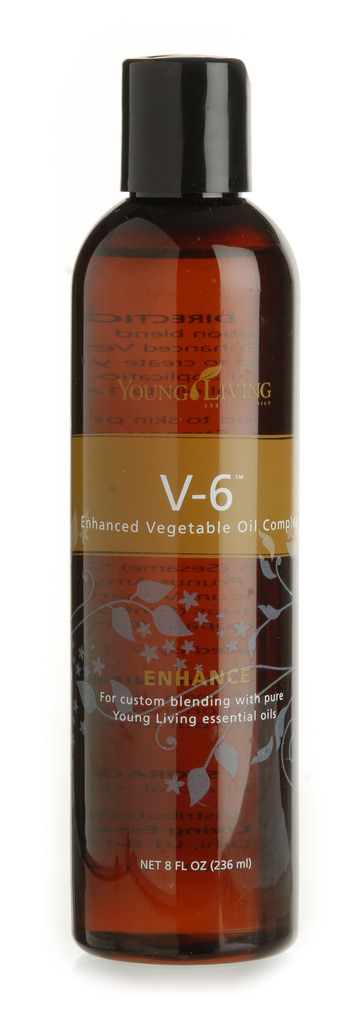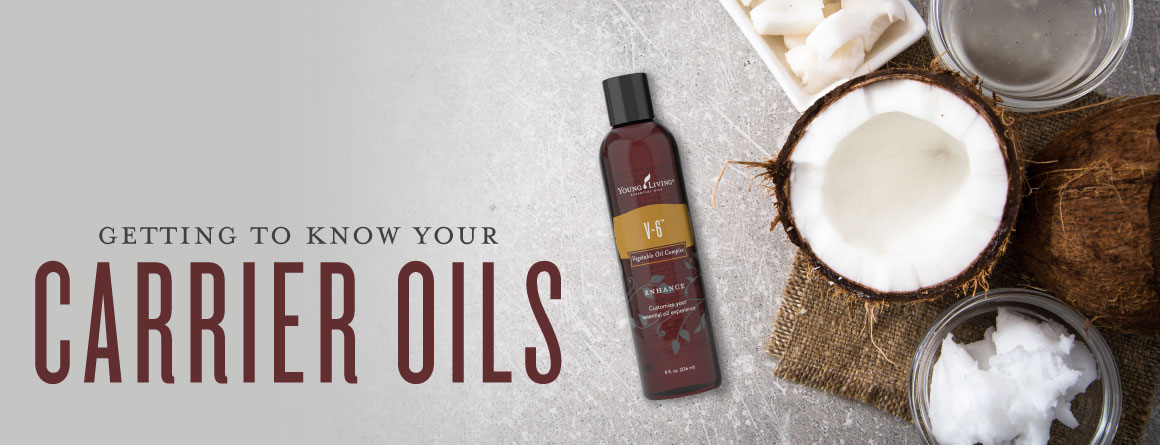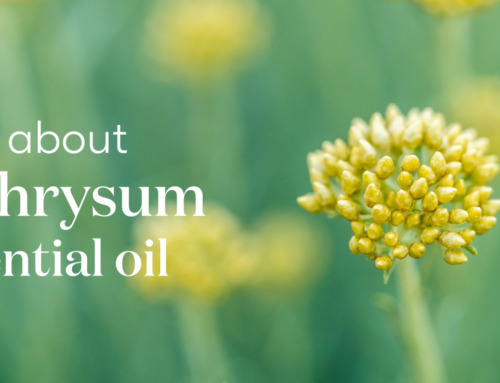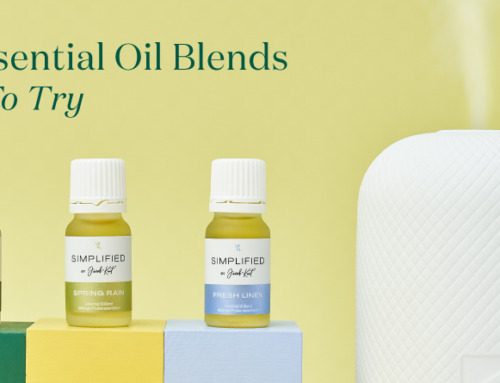Carrier oils are usually overlooked because they don’t contain the therapeutic constituents of other essential oils, but they can play an indispensable companion of topically applied oils. Let’s take a closer look at these carriers and why they deserve a place on the shelf of anyone who uses and loves essential oils.
What are carrier oils?
Carrier oils are naturally derived from vegetarian sources and have a neutral smell. They aren’t volatile like essential oils, which makes them an excellent medium for dilution and application.
What aren’t carrier oils?
Vegetable shortening, butter, and margarine are best left in the kitchen—they’re not intended for topical use. Mineral oil and other petroleum derivatives like petroleum jelly should also not be used as carrier oils.
How are carrier oils used?
Essential oils are volatile, which means they evaporate rapidly and contain the natural smell and characteristics of the plant. This can make them too strong to apply undiluted. Carrier oils do not evaporate or have a strong aroma, making them the perfect pair for diluting especially strong essential oils—reducing the concentration of the essential oil without altering its therapeutic qualities. When you dilute an essential oil with a carrier oil, you can also control its concentration before applying.
Like other substances that are high in fat, carrier oils have a limited shelf life, meaning that eventually they can go bad. Depending on the type, oils with a short shelf life should typically be used within six months, while oils with a longer shelf life may stay good for up to a year. It’s important to store oils in their original air-tight containers in a cool, dark place, such as the pantry, to maximize shelf life.
Carrier oils can vary widely in their consistency, absorption, aroma, shelf life, and other characteristics. Carrier oils can be blended to change or combine their properties, so you can mix and match until you find the blend that’s just right for you!
Get to know some of the more popular carrier oils!
V-6 **
**
- A proprietary Young Living formula combining fractionated coconut oil, grapeseed oil, sweet almond oil, wheat germ oil (contains a lot of vitamin E and acts as a natural preservative), sunflower oil, and olive oil
- Moisturizes and nourishes the skin
- An excellent carrier oil for all your best essential oils and applications
**Caution: May cause a reaction to those with nut allergies.
Grapeseed Oil
- Light and thin consistency
- Well suited for massages; leaves a light glossy film over the skin
- Moisturizing
- High in linoleic acid
- Relatively short shelf life
Sweet Almond Oil*
- Slightly sweet, nutty aroma
- Medium consistency
- Absorbs relatively quickly; leaves a slight hint of oil on the skin
- Rich in vitamin E and oleic acid
- Moisturizing
- Good all-purpose carrier oil
*Caution: May cause a reaction to those with nut allergies.
Jojoba Oil
- Slightly nutty aroma
- Medium consistency
- Superior, non-greasy absorption, similar to the skin’s natural oils
- Moisturizing for skin and hair
- Long shelf life
Olive Oil
- Popular, easy-to-find oil used in both topical and culinary applications
- Thicker consistency; leaves an oily feel on the skin
- Stronger aroma
- Good source of oleic acid (omega fatty acid)
- Relatively short shelf life
Fractionated Coconut Oil
- Unlike coconut oil, fractionated coconut oil is liquid at room temperature
- No noticeable aroma
- Absorbs well; leaves skin feeling silky and moisturized; non-greasy
- High in essential fatty acids
- Long shelf life
Coconut Oil
- Solid at room temperature
- Distinct coconut aroma
- Solid white color
- Leaves a moisturizing, oily feeling layer on top of the skin
- Long shelf life
Cocoa Butter
- Solid and difficult to work with at room temperature
- Best used when melted and blended with other carrier oils
- Sweet, chocolate aroma
Shea Butter
- Solid at room temperature
- Nutty aroma
- Cream colored
- Moisturizing to skin and hair; leaves behind a moisturizing, waxy-feeling layer






Hello Tina! You can mix your carrier oil with essential oils and apply it using a roller bottle, but that isn’t necessary. You are welcome to mix, store, and apply however works best for you. Thanks for stopping by!
Hi Judi, As V-6 is not labeled for internal consumption, we cannot recommend using it to grease a food prep, or cooking bowl/dish. You may try researching the other single listed carrier oils above that say they have a long shelf life, and whether they are safe for that use. Also, we suggest consulting with a health care provider with any additional questions on using any of those oils in cooking, for more targeted advice on what is best for you. Thanks for stopping by!
Hi Ryan, Olive oil does have a relatively short shelf life, but should be fine to leave mixed with essential oils if stored properly for a week. Proper storage would be in colder storage temperatures, or near room temperature at 72 degrees Fahrenheit. You will also want to make sure that the oils are stored in a location where they will be kept safe from fluctuations in temperature, and an airtight container. Let us know how it goes, and thanks for stopping by!
Hi Frances, Young Living’s products are intended only for the use listed on individual labels—either for topical/aromatic use or as a dietary supplement. Our V-6 Enhanced Vegetable oil is labeled for external use only. If you have any other questions, we recommend consulting a health care provider that has experience with EO’s for more targeted advice. Thanks for stopping by!